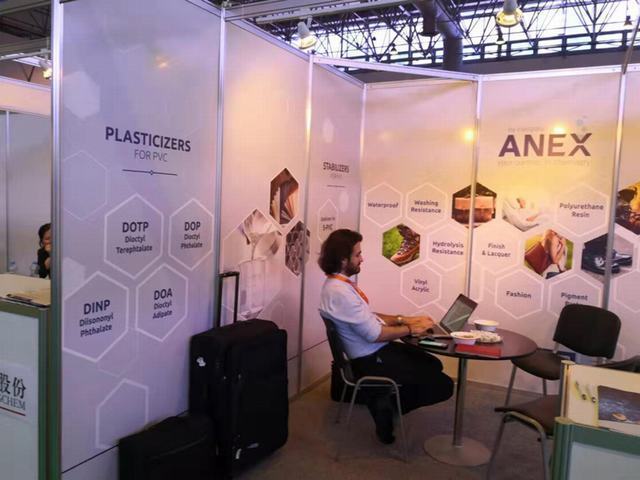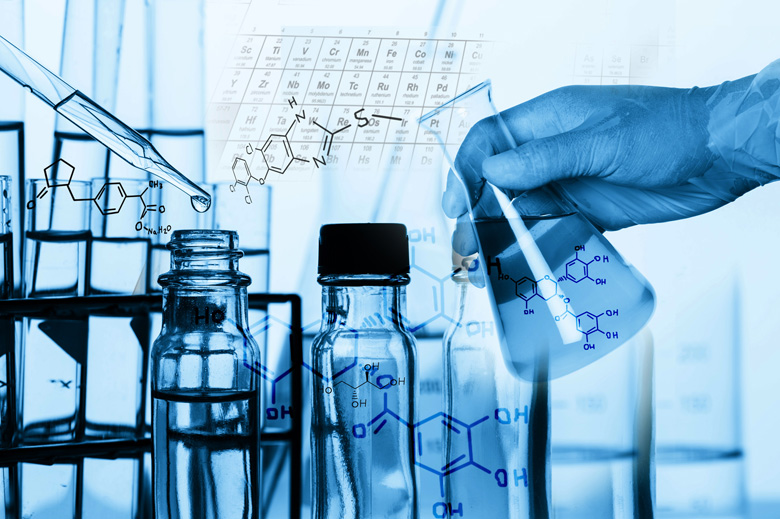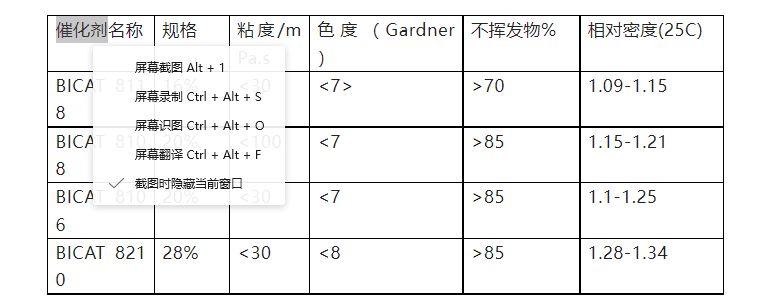There are many types of catalysts for polyurethane, with different catalytic activities and different effects. In the production of polyurethane products, careful selection must be made based on the variety of raw materials, production methods, product uses and performance requirements. Now we will compare the use of different catalysts according to different application fields and respective processing conditions

1. Polyurethane soft foam and hard foam industry
Commonly used organotin catalysts such as T12, stannous octoate and dibutyltin dilaurate must be dissolved in some plasticizers before use. They can effectively accelerate the gelation of foams, but the dosage should be controlled at the lower limit. It is advisable, otherwise shrinkage, cracking and other phenomena may occur due to gelling too quickly. Organotin compounds can coordinate with the -NCO group of the isocyanate and polarize the -NCO, thereby causing the positively charged carbon in the isocyanate molecule to The atoms are more reactive and more susceptible to attack by the terminal hydroxyl groups of the polyol polymer.

Compared with tin catalysts, the environmentally friendly BICAT bismuth catalyst is non-toxic, has high catalytic activity, and has better selectivity for NCO groups. It can effectively promote the reaction speed of -NCO and -OH, and the final product is made of The mechanical properties are better, the induction time is short, and the viscosity gradually increases. The specific parameters of BICAT series products are as follows
 With the increasing strengthening of environmental protection regulations, end products have higher and higher requirements for odor, atomization pollution, etc. It’s getting higher and higher, I hope environmentally friendly bismuth catalysts can help everyone.
With the increasing strengthening of environmental protection regulations, end products have higher and higher requirements for odor, atomization pollution, etc. It’s getting higher and higher, I hope environmentally friendly bismuth catalysts can help everyone.